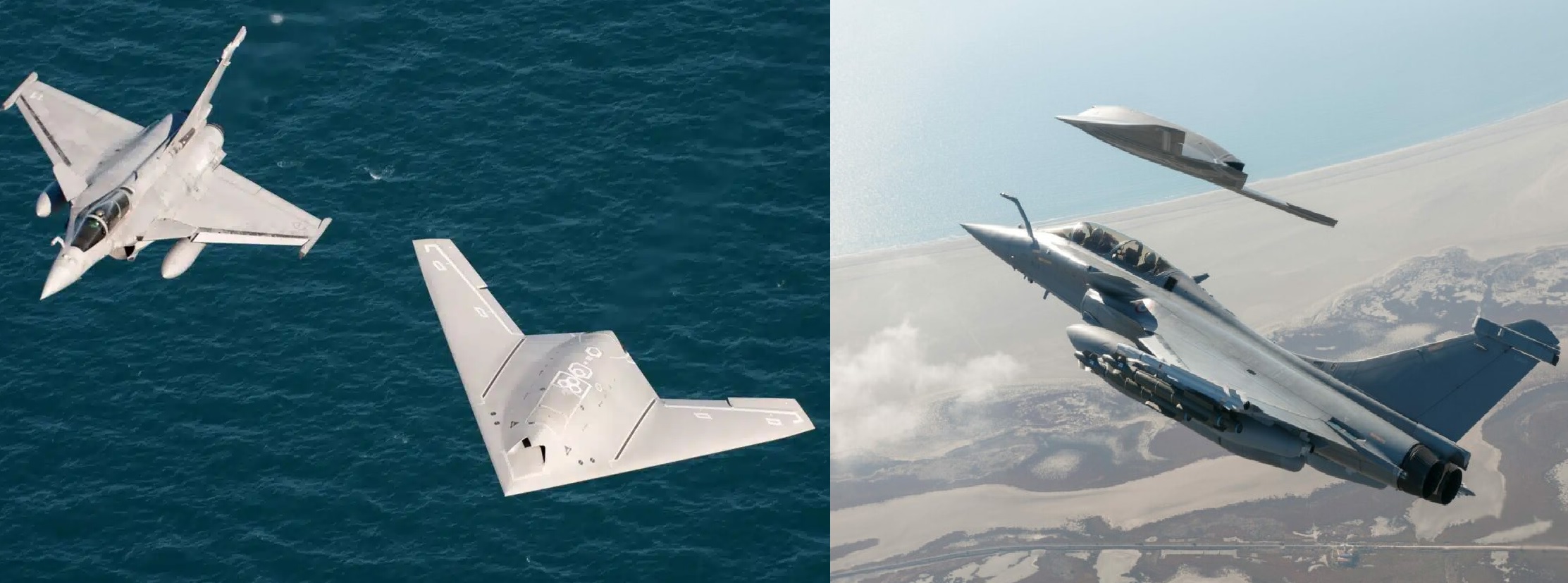GA-ASI and Saab Prepare First MQ-9B Airborne Early Warning Demo in Southern California

General Atomics Aeronautical Systems, Inc. (GA-ASI) and Sweden’s Saab are set to conduct a landmark demonstration showcasing an Airborne Early Warning & Control (AEW&C)–equipped MQ-9B, marking the first time a long-endurance Remotely Piloted Aircraft (RPA) will field a fully capable AEW system.
The demo will take place at GA-ASI’s Desert Horizon flight operations facility in Southern California, with an MQ-9B fitted with Saab’s advanced AEW sensors. The event is expected to highlight a transformative capability: persistent, cost-efficient early-warning surveillance from an unmanned platform that can remain airborne far longer than manned aircraft.
A New AEW Frontier
GA-ASI has long promoted the MQ-9B series—SkyGuardian, SeaGuardian, the UK-specific Protector, and the in-development MQ-9B STOL—as the world’s most capable medium-altitude, long-endurance (MALE) unmanned aircraft. By integrating Saab’s proven AEW&C technology, the companies are attempting to push the platform into missions traditionally reserved for large aircraft such as the E-2D Hawkeye or Saab’s own GlobalEye.
Saab is widely regarded as a global leader in airborne early warning systems. Its sensors provide long-range detection, robust tracking performance, and strong electronic surveillance capabilities. Combining these with the MQ-9B’s 40-hour endurance and broad satellite-communication (SATCOM) reach creates a new category of persistent airborne radar coverage.
Why This Matters
In many regions, AEW aircraft are scarce or financially out of reach. Naval carriers, for example, rely on short-range airborne coverage or expensive dedicated aircraft. By contrast, an MQ-9B equipped with AEW sensors can operate from small airfields or ships, offering:
-
Persistent wide-area air surveillance
-
Detection of cruise missiles, hostile drones, and low-observable threats
-
Long-range tracking of fighter jets, bombers, and tactical munitions
-
Reduced operating costs compared to manned AEW platforms
“Adding AEW&C to the MQ-9B brings a critical new capability to our platform,” said GA-ASI President David R. Alexander. “Our goal is to provide operators with a persistent early-warning solution—one that defends against advanced cruise missiles as well as emerging drone swarms.”
Because the MQ-9B is unmanned, aircrews face no risk, and the aircraft’s operational availability is the highest of any military aircraft class. It can also be rapidly deployed to forward bases, something heavier AEW aircraft cannot do.
What the AEW-Equipped MQ-9B Can Do
According to GA-ASI and Saab, the upgraded MQ-9B will support a broad set of missions:
Long-Range Early Detection & Warning
The AEW suite enables detection of aerial threats hundreds of kilometers away—providing nations without dedicated AWACS fleets access to strategic early-warning coverage.
Simultaneous Multi-Target Tracking
The system can track fighters, bombers, drones, and missiles at the same time, feeding data to ground or ship-based command networks.
Flexible Combat System Integration
The MQ-9B’s SATCOM and line-of-sight datalinks allow integration with NATO-standard and other modern combat systems, improving interoperability during joint operations.
Maritime Surveillance and Fleet Protection
For navies, the platform offers AEW coverage for carrier groups or maritime task forces at a fraction of the cost of manned aircraft. When paired with the SeaGuardian version, it complements anti-submarine and surface-search missions.
Strategic Impact
Analysts say this demo could reshape how small and mid-sized militaries approach AEW capability. Instead of relying solely on expensive, high-maintenance AWACS fleets, nations could deploy persistent unmanned AEW layers—especially useful for:
-
Island nations
-
Navies lacking dedicated AEW aircraft
-
Border surveillance missions
-
Air-defense early detection grids
-
Counter-drone and counter-missile operations
If successful, the demonstration would confirm that AEW functions no longer require a large airframe; endurance and sensor performance can instead be delivered by an unmanned aircraft operating around the clock.
With increasing concern over cruise-missile saturation attacks, drone swarms, and low-altitude penetration tactics, the GA-ASI–Saab partnership aims to fill a rapidly growing gap in air defense.
As the first demonstration approaches, the MQ-9B stands on the verge of gaining a new identity—not just as a surveillance drone, but as a persistent airborne early-warning platform capable of supporting both land and maritime forces.
The results of the Southern California demo will likely influence procurement decisions across Europe, Asia, and the Indo-Pacific, where demand is rising for affordable but sophisticated early-warning solutions.
✍️ This article is written by the team of The Defense News.





